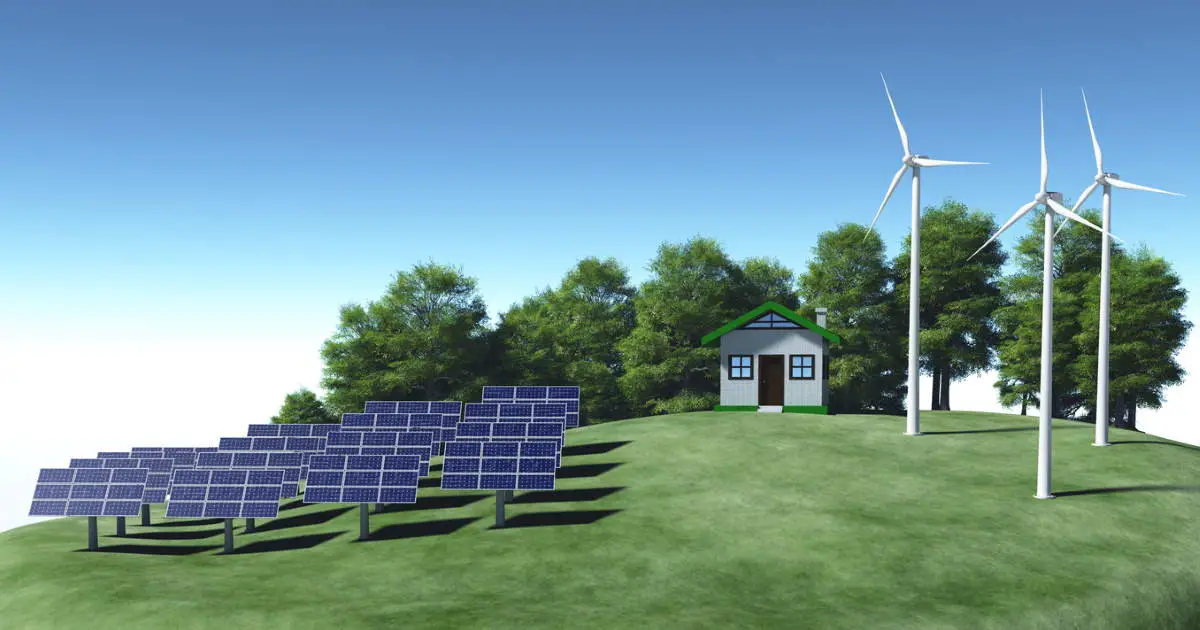Electric vehicles are having a moment in the sun thanks to significant pushes to invest in the performance and energy efficiency of EVs. While electrifying our lifestyles isn’t perfectly clean energy, it significantly reduces our carbon footprint by lessening our nonrenewable energy consumption.
This leads many to ask – can we electrify our homes while we electrify our cars? With home construction thriving and 67% of homebuyers preferring energy efficiency as their top purchasing criterion, one constructive method of keeping costs down is going electric.
But what is an all-electric home, and are they feasible?
What Is an All-Electric Home?
All-electric homes aren’t a new concept. In fact, the U.S. Energy Information Administration (EIA) says 26% of homes were all-electric in 2020. Homebuyers who build new or opt to retrofit their current homes for energy efficiency may want to electrify their residences to reduce their carbon footprints and save on utility bills.
Electrifying your home entails adopting electric technologies and appliances that replace commercial technologies deemed less environmentally friendly and energy-efficient. Considering that the average household produces 16,100 pounds (7,300 kg) of carbon emissions annually, finding ways to reduce the impact by using green electricity is critical.
The benefits of an all-electric home are too good to overlook. Some of these advantages might include:
- Cleaner indoor air quality
- Reduced energy consumption and costs
- Fewer carbon emissions
- Newer models with less maintenance
Fortunately, today’s solar energy market and cleaner grid provide opportunities to achieve a nearly net-zero house. And as more clean energy technologies develop, transitioning to all-electric households will become even more accessible.
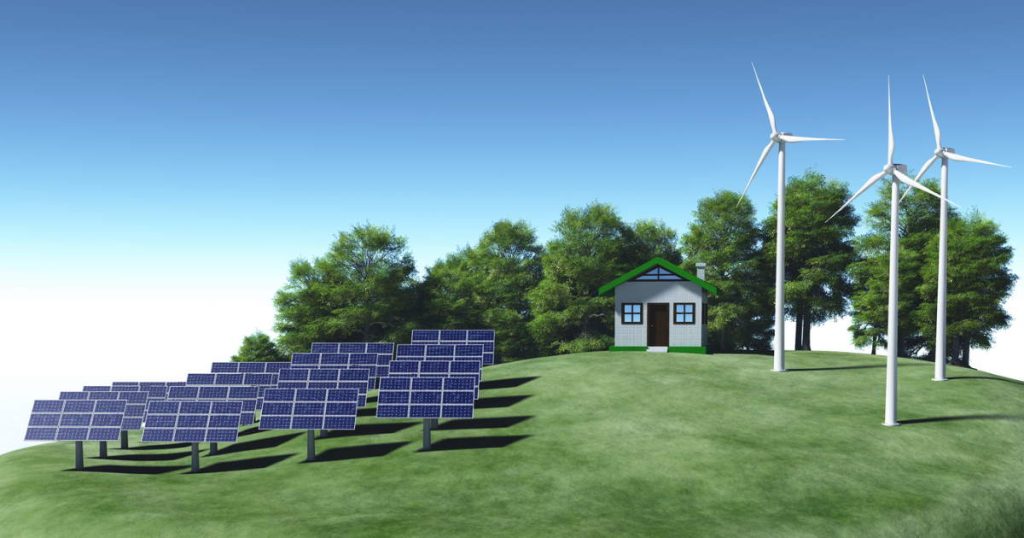
5 Components of an All-Electric Home
If you’re considering retrofitting your current house or are buying new for improved energy efficiency, you’ll want to include the following five components of an all-electric home.
1. Heat Pumps
Electric heat pumps are energy-efficient regardless of the climate you live in. Unlike most natural gas, electric, or heating oil systems that heat up and blow warm air through ducts, heat pumps extract outdoor air and convert it to heat. During summer, the heat pump pulls warm air from the indoors to the outside.
The U.S. Department of Energy (DOE) says electric heat pumps can reduce electricity consumption by 50% compared to conventional furnaces or baseboard heating. They’re also excellent for drawing out humidity, meaning less time running the air conditioner during warmer months.
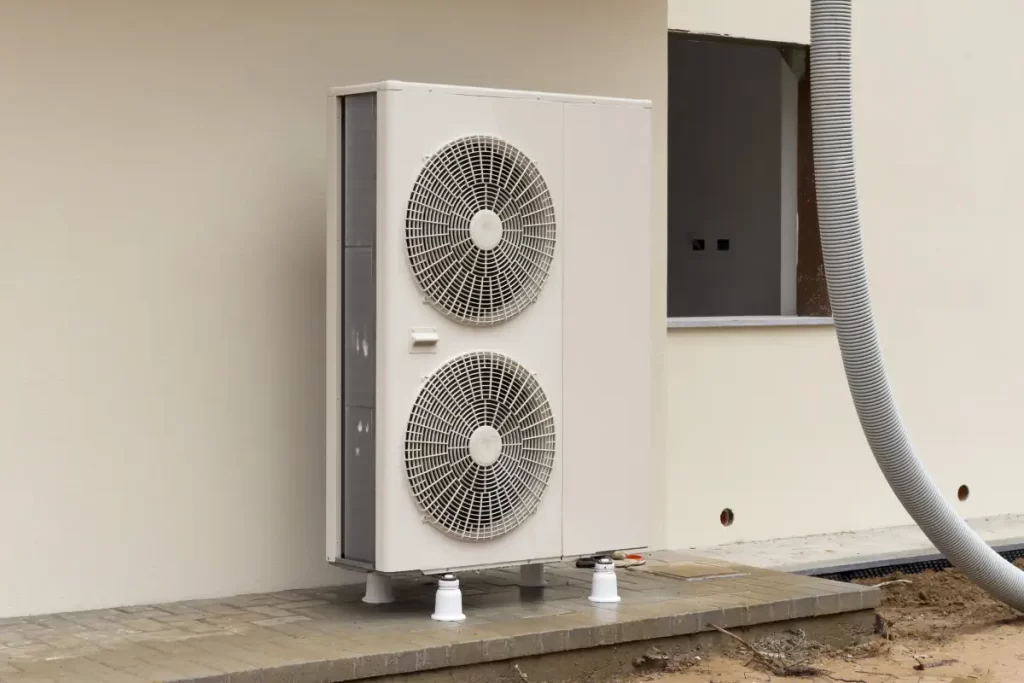
2. Water Heaters
Taking a hot shower, cleaning the dishes, or running a load of laundry consumes lots of energy. In fact, according to the EIA, water heating accounts for 12% of U.S. residential energy consumption.
Of course, how much energy you consume is determined by the amount of water used and the kind of water heater you have in your home.
An electric water heater should be your top choice for electrifying your house. Generally, homeowners find that electric water heaters are a less-expensive option. However, labor and installation expenses might add up.
Yet, there’s no denying their energy efficiency. Energy Star-labeled water heaters use 70% less energy, which is four times more efficient than standard models.
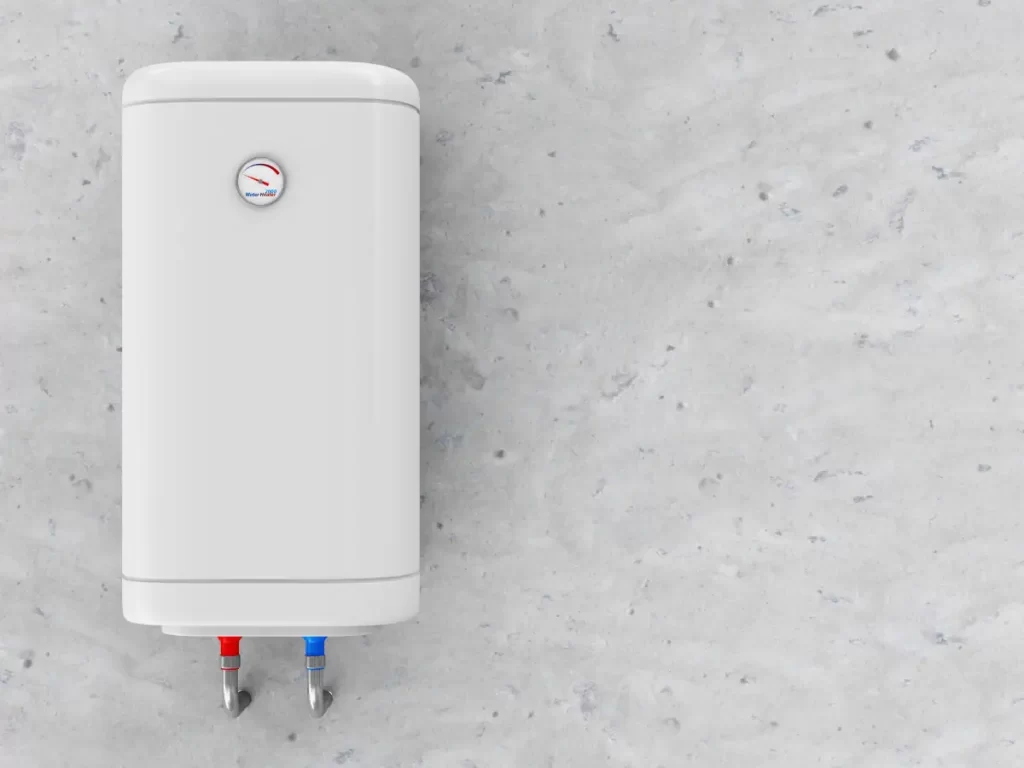
3. Induction Stove and Oven
Traditional cooktops usually comprise gas or resistance heating and are common in household kitchens, yet they produce unsafe levels of indoor pollutants that exceed U.S. standards. For example, the U.S. Environmental Protection Agency (EPA) found that gas stoves have between 50% and 400% more nitrogen oxide emissions than electric stoves.
Instead, homeowners should install induction cooktops that are about 85% more efficient and safer to work with than conventional cooktops since the surface remains cooler. The DOE’s Energy Star website says that if all cooktops sold were induction-based, energy savings would top $125 million.

4. Electric Fireplace Insert
Is there anything cozier than a warm fire on a cold winter night? Thousands of households light their fireplaces for warmth in the wintertime, but burning wood releases particulate matter that causes respiratory issues, vision irritation, and cardiovascular events, as well as:
- Burning eyes and runny noses
- Bronchitis
- Worsening asthma symptoms and asthma attack
- Irregular heartbeat
- Heart attacks
- Stroke
In the United Kingdom, residential wood burning is the most significant pollution emitter, responsible for accumulating 41,000 tons of particulate matter annually since 2003.
To reduce the environmental and human health impacts of wood-burning fireplaces, homeowners should opt for electric fireplace inserts, which are cost-effective, energy-efficient, and safe.

5. LED Lighting
One of the more obvious ways to create an all-electric home is to install light-emitting diode (LED) light bulbs. The DOE says residential LEDs are 75% more energy-efficient than incandescent light bulbs and last 25 times longer.
Swapping out your light bulbs is an easy fix for retrofitting your home to become all-electric, mainly because advancements in LED technology have driven down costs. On average, you might spend between $96 and $192 to replace 24 conventional bulbs with LEDs.
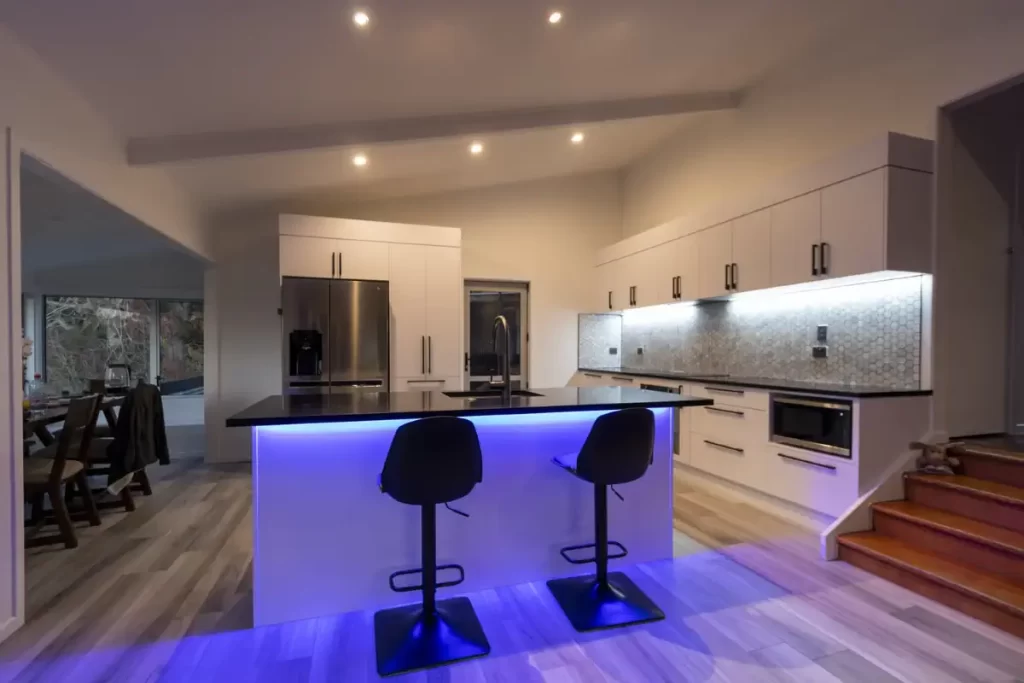
All-Electric Homes Could Be the Future
The question isn’t whether all-electric homes are feasible in the near future – all-electric homes are already spreading across the United States and beyond. Homeowners have ample opportunity to electrify their homes with a few upgrades, regardless of whether their house is currently standing or in the process of being built.
- 9 Myths and Facts About Environmental Toxins - January 4, 2023
- Top 6 Deadliest Hurricanes ever recorded - November 7, 2022
- Are All-Electric Homes Feasible in the Near Future? - September 25, 2022
